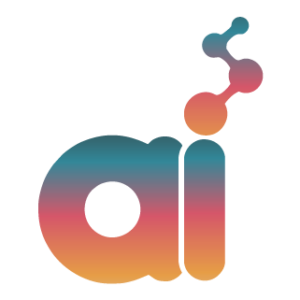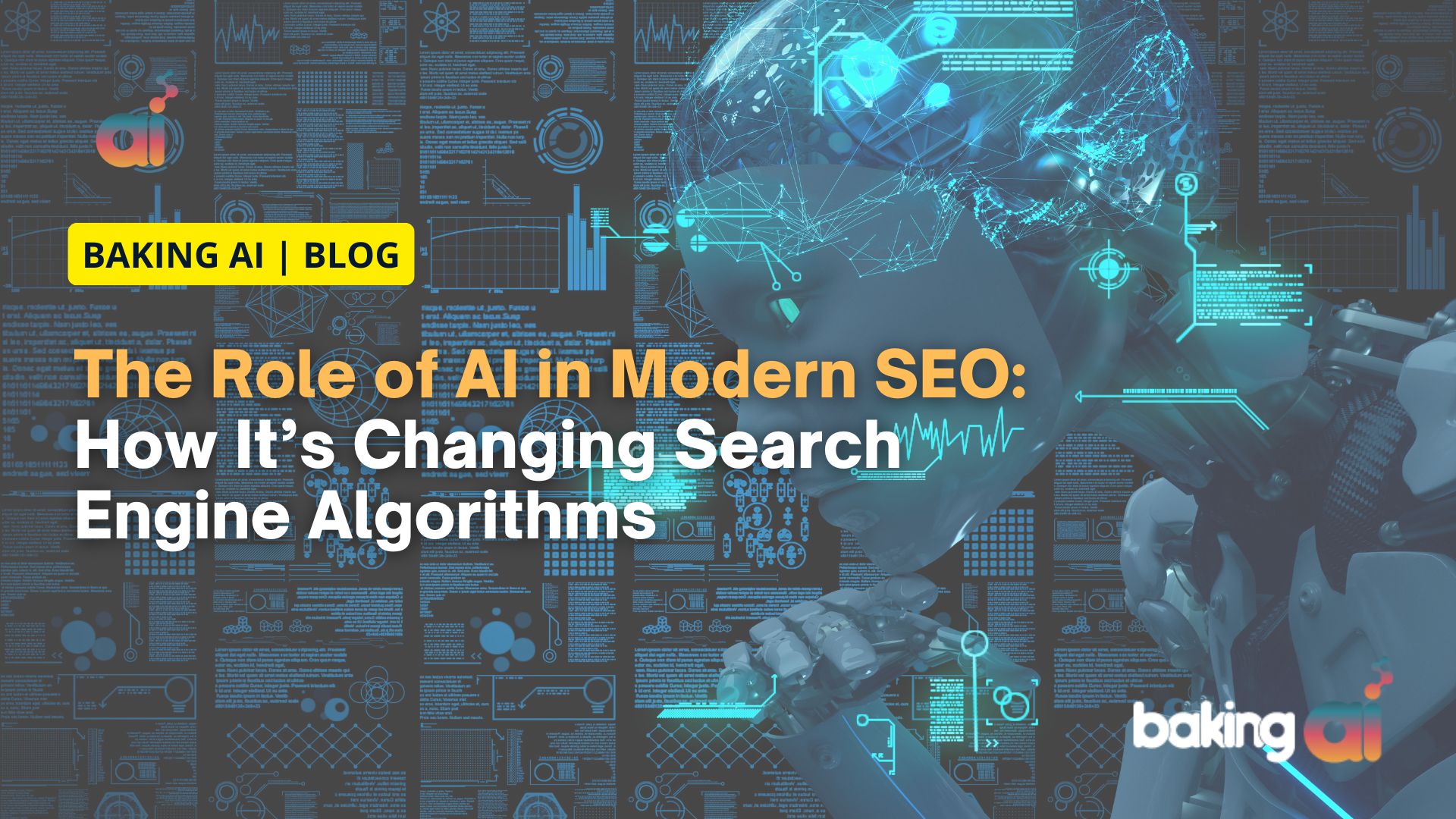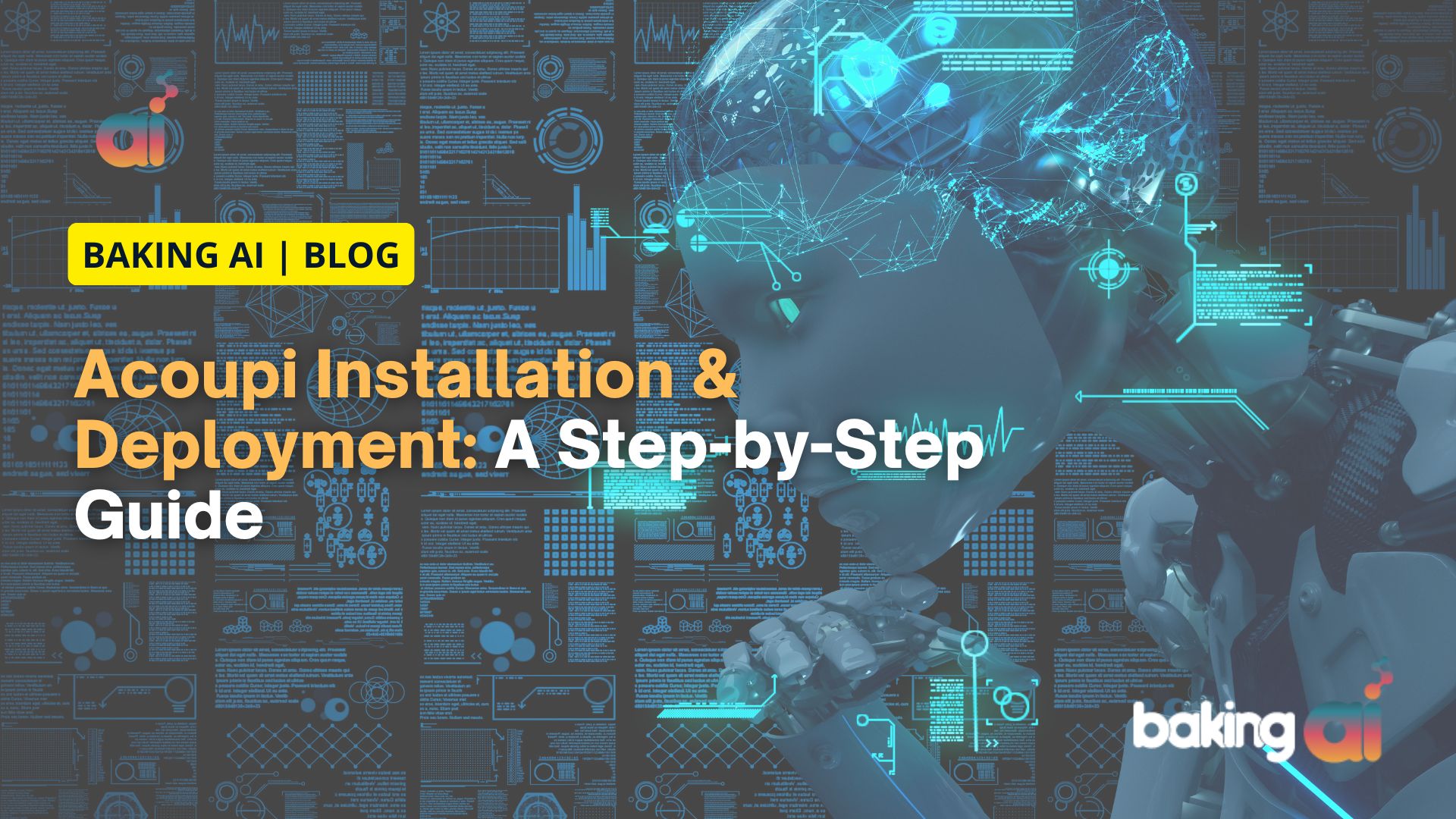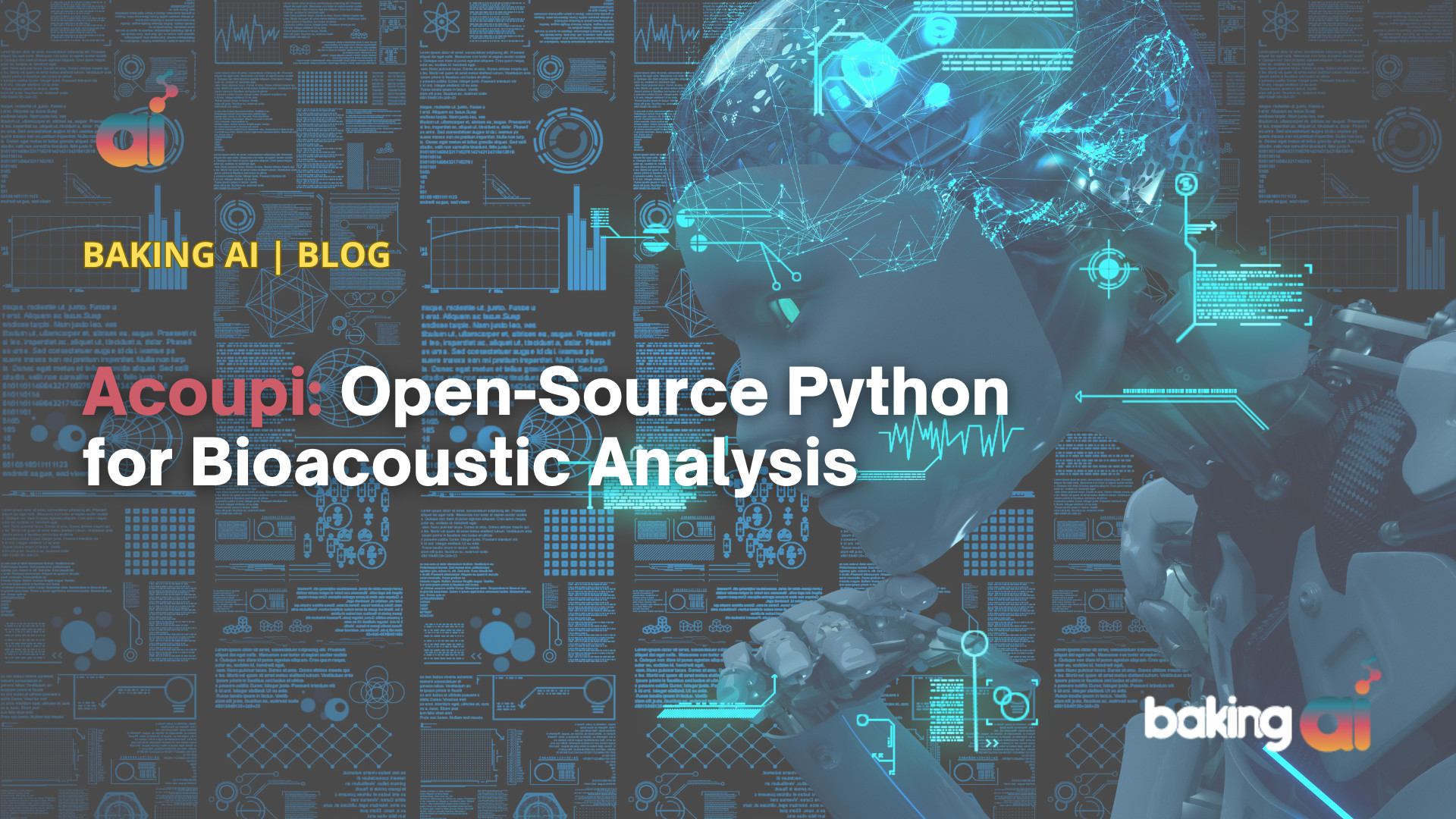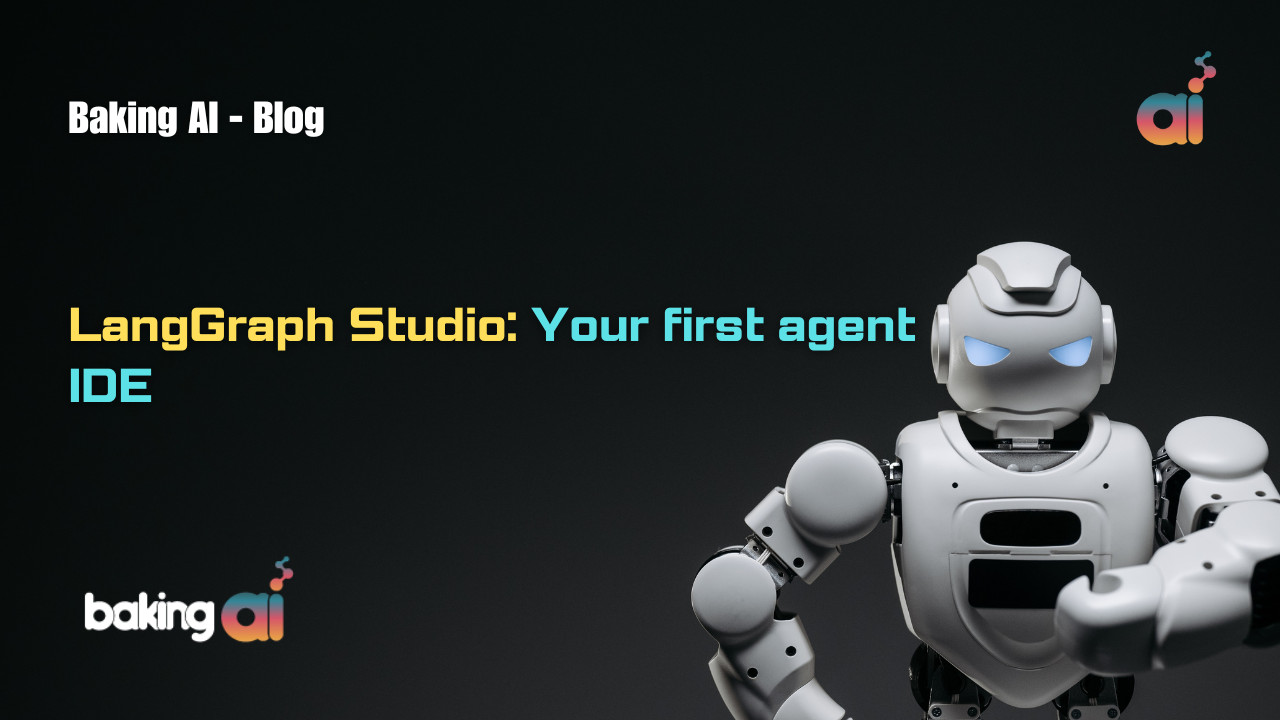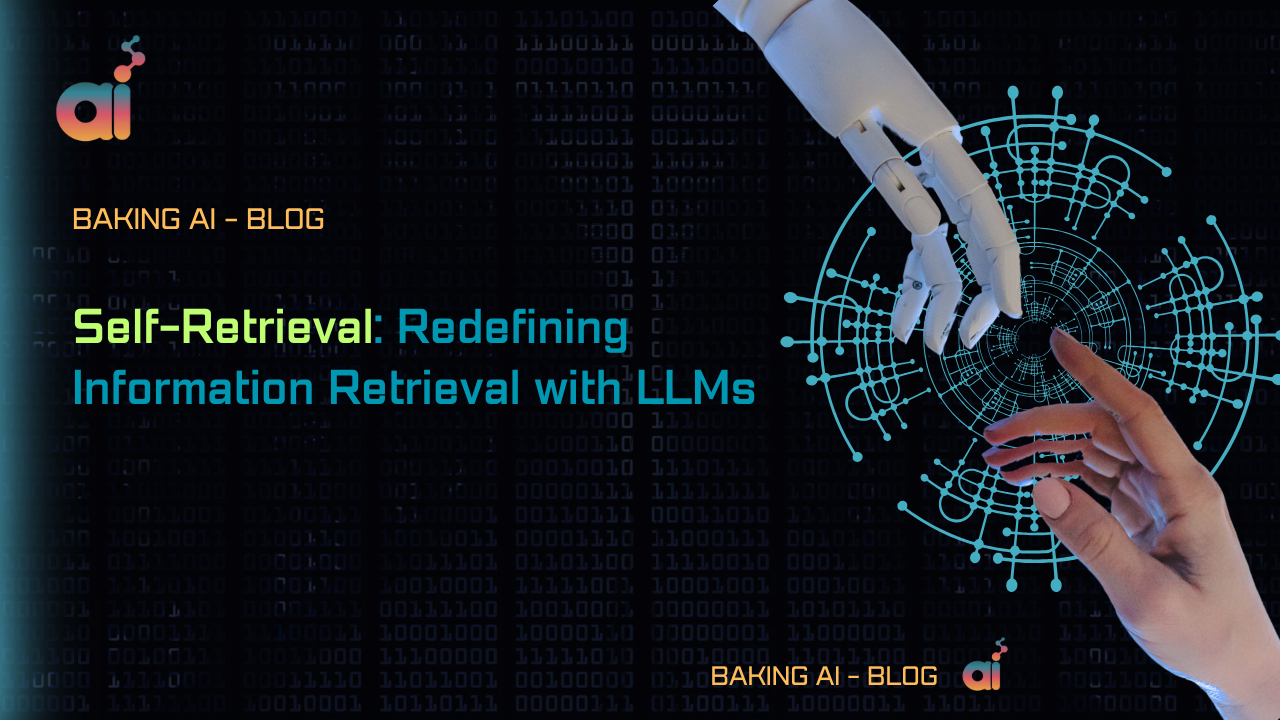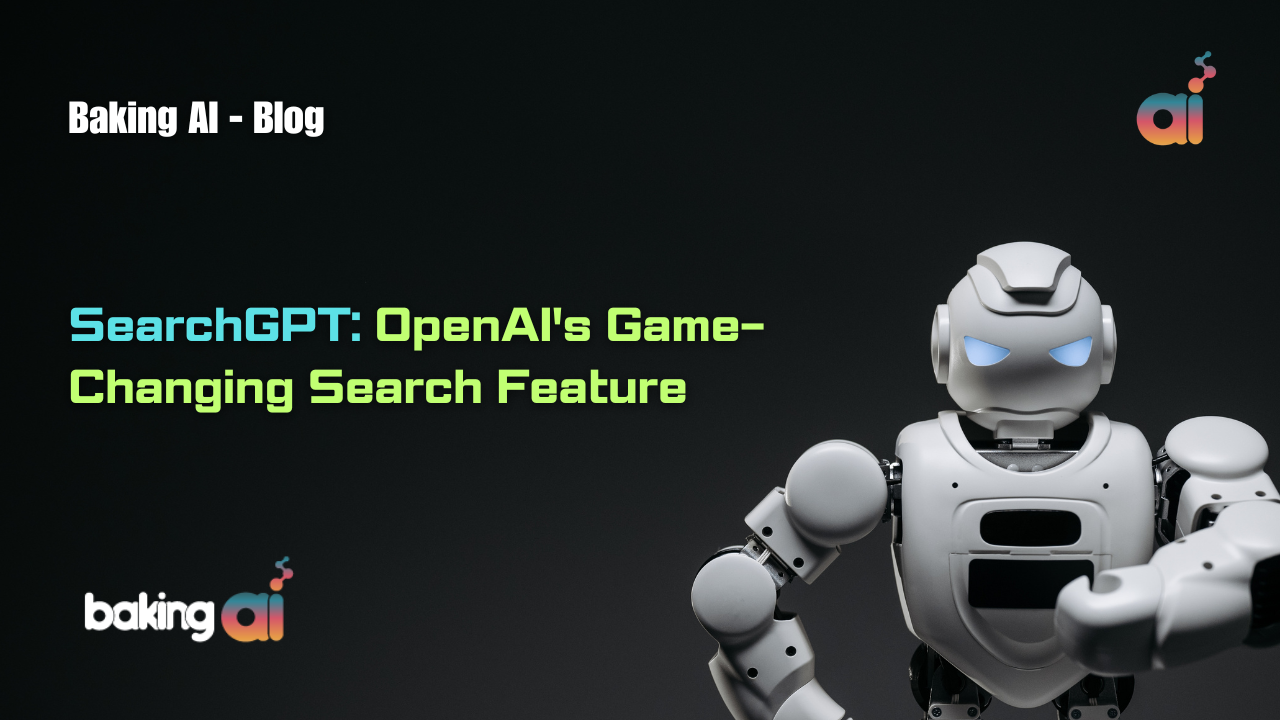In today’s world, using data to make decisions is super important. AI, or artificial intelligence, is becoming a big help for businesses. It’s like a powerful toolbox that can transform how companies work.
Businesses now use AI tools like machine learning, neural networks, and natural language processing to do cool stuff. For example, they predict how markets might change, make customer experiences better, and even use AI to make customer service smarter.
This article is all about diving deep into these AI tools, not just talking about them on the surface. We’ll look at 11 top AI business solutions that are making a real impact in different areas.
Let’s skip the complicated words and see how AI works!

#1 NLP and GenAI for customer services
Businesses can improve customer service by using clever natural language processing (NLP) technology. This tech helps systems understand and respond to people just like humans do.
What it does:
Imagine talking to a computer almost like you would with a person. That’s what this AI does for customer service. It makes things smoother and more automated.
Why it’s good:
- Happy Customers: You get quick answers to your questions without waiting. It’s like having customer support always available, which makes customers happy.
- Saves Money: Businesses don’t need as many people for customer service. This means they save money and can use their staff for more complicated things.
- Handles Busy Times: This AI can handle questions without breaking a sweat when many people ask questions simultaneously. That’s super important when there’s a sudden rush of questions.
Examples:
- Baking AI’s Chatbot: This AI chatbot helps with questions about Baking AI’s services and products, customized for each person.
- IBM Watson Assistant: IBM’s intelligent assistant understands what customers want to know, even brilliantly.
- Google Dialogflow: Developers use this to create chatbots and voice apps that can talk to customers naturally and flexibly.
#2 Dynamic pricing and AI technology
Dynamic pricing powered by AI is a smart way for businesses to adjust their prices in real-time. This clever technology examines how much people want a product, what competitors charge, and other important information to set the best prices.
For subscription services like software, it’s super helpful. It helps determine how long customers might stick around, how much money they’ll spend, and how often they’ll pay. Companies can tweak prices to keep customers happy and make more money.
When many people want something or if customers are really into a product, prices can increase slightly to make more cash each month. But when things are a bit slow or if some customers might leave, prices can drop to keep everyone happy and interested.
Why does it sound?
Businesses using this tech can change prices fast when things in the market change. That means they can stay competitive and keep customers interested. Plus, offering just the correct prices saves time and makes customers happy.
Here are a couple of examples of companies using this AI-powered pricing:
1. Omnia Dynamic Pricing: They use AI to change store prices automatically based on how much people want stuff and what’s happening in the market. This helps stores stay calm and make money.
2. Pricewell: They use AI to help companies with subscription services like streaming or online tools to determine the best customer prices. This ensures these companies make more money and keep customers happy for a long time.
#3 Automated CRM and AI
AI-powered Automated Customer Relationship Management (CRM) systems are like super-smart helpers for businesses. They organize info, set up appointments, and determine which potential customers are most promising. By using AI, these systems save time and make sure that customer records are accurate and current.
Here are some good things about using AI in CRM:
1. Understanding customers: Baking AI in CRM systems looks at customer info to find patterns. This helps businesses understand what customers like and don’t like. With this info, companies can make customers happier by personalizing their interactions.
2. Finding the best leads: AI helps CRM tools determine which potential customers are more likely to buy stuff. This allows sales teams to focus on the most promising leaders and spend their time wisely.
Examples of these AI-powered CRM systems are:
- Zoho CRM uses AI to spot sales trends and determine how likely leads are to make a purchase.
- Microsoft Dynamics 365 AI: This tool mixes CRM and business management using AI. It helps businesses understand customers better and automate tasks.
- HubSpot CRM: It uses AI to predict which leads are more likely to buy and gives detailed info about customers, making it easier to engage with them.
#4 AI-enhanced fraud detection
This intelligent tech spots and stops sneaky tricks in business deals. It learns from past data and keeps improving at finding tricky patterns that signal fraud.
It’s super quick and accurate, catching fraud fast and even learning new ways scammers try to cheat. This tech ensures businesses’ money stays safe and customers can trust online transactions.
Why it’s great:
- Gets it right: Learns from past stuff to spot fraud better, making fewer mistakes.
- Keeps up: Learns new tricks scammers use to stay ahead of the game.
- Saves money: Stops fraud without needing many people, saving cash and preventing losses.
Examples:
- IBM Trusteer: Helps businesses find fraud and ensures that the person they’re dealing with is legitimate.
- Kount: Stops fraud in real-time for online businesses and payment platforms.
#5 Machine learning (ML) for personalized recommendations
Machine Learning (ML) for personalized recommendations is like having a super-smart helper that figures out what you might like based on what you’ve done before. It uses fancy math to look at everything you’ve clicked on, bought, looked at, and even talked about on social media.
Here’s why it’s cool:
- It makes shopping or using services feel more personal because it suggests things that match your liking.
- Always suggesting things you might be interested in helps the shop or service keep you as a happy customer.
- It also helps you find new stuff you might not have found on your own, opening up new things to try or buy.
Excellent examples of this are:
- A tool made by Baking AI that learns what you like and gives recommendations, making you feel special.
- Amazon’s clever system that suggests things you might want to buy based on what you’ve already looked at or bought.
- Netflix suggests movies or TV shows you might like based on what you’ve watched and enjoyed.
- Spotify makes custom playlists like Discover Weekly to introduce you to new music that matches your taste.
#6 Customer sentiment analysis
Customer sentiment analysis involves understanding what customers think and feel based on their feedback online, like on social media or review sites.
It uses intelligent computer programs that read and analyze text to determine whether it sounds positive, negative, or neutral. This helps businesses know how people see their brand, products, or services.
The good things about doing this are:
- Protecting Reputation: It helps businesses catch nasty comments quickly to fix things and keep their good name.
- Checking Out Competition: Businesses can see what people think about other companies, too, which helps them figure out how they’re doing compared to others and how loyal their customers are.
- Making Things Better: By understanding what customers like or don’t like, businesses can make their stuff better to match what people want.
Some examples of tools that do this are:
- Baking AI’s custom sentiment analysis tools: They look at what people are saying in real time, making it easier and cheaper for businesses to help their customers.
- Brandwatch: This tool looks at what people are talking about online and helps businesses know if people like or don’t like their brand.
- NetBase Quid: This tool helps brands see how customers are feeling immediately and change their plans to make them happier.
#7 RPA for workflow optimization
RPA, or Robotic Process Automation, is a technology that uses software robots to do tasks that humans usually handle. These robots learn by watching how people work on computer screens and then copy those actions to automate tasks like entering data, managing emails, or doing repetitive jobs.
Advantages:
- Saves Money: RPA helps businesses save money by automating tasks that would otherwise require people to do, cutting down on labor costs.
- Fewer Mistakes: Because robots do repetitive tasks, there’s less chance of errors than humans doing the same job.
- Gets Things Done Faster: RPA bots work fast and accurately, making tasks more efficient and completing them quicker than humans.
- Adaptable: RPA systems are easy to change and adjust, so they can fit a business’s needs as they grow or change.
Examples:
- UiPath: This tool automates different business tasks to make things more efficient.
- Blue Prism: It offers a digital workforce to help automate complex activities and improve how businesses work.
#8 AI-assisted design and development
AI-assisted design and development is changing how we make things. It helps by quickly looking at lots of information and finding patterns to help design better products. This is helpful when we want to make things that certain groups of people will like.
It also gives ideas on improving things by trying out different designs on a computer. This helps find problems early and suggests ways to fix them, even things people might not think of immediately.
Here are some good things about using AI in design:
1. More creativity: AI helps designers think of new ideas and solutions they might not have thought of before.
2. Finding problems early: AI can see problems before they happen so that we can fix them before and not waste time later.
3. Using lots of information: AI helps us use a lot of different kinds of information to make better designs, like in city planning or making things that fly.
Some examples of AI helping in design are Adobe Sensei, which helps with editing pictures and suggesting strategies, and Autodesk’s Generative Design, which tries many methods to find the best one for what we need.
#9 Sales forecasting with AI
AI for sales forecasting is a big deal. It looks at your past sales and adds other info like market trends and shopper habits. It doesn’t just crunch numbers; it uses intelligent tricks to guess what your future sales might look like and is good at it.
Why use AI?
It helps intelligent people make better plans and cut down on guessing.
Why it’s cool
It saves time by doing the hard number work, so essential people can focus on making smart business moves.
Why it helps
It guesses what you might sell in the future, so you don’t have too much or too little stuff in stock, making sure you use everything just right.
Cool examples
- Salesforce Einstein: This AI from Salesforce looks at your sales info and tells your sales team what might happen next.
- SAP Integrated Business Planning: This tool uses AI to guess your sales by looking at different info sources.
#10 Business Intelligence and AI-driven data analysis
Business Intelligence (BI) is changing how companies make decisions using AI tools to turn lots of raw data into valuable insights. It’s not just about organizing numbers; it’s about finding hidden trends and connections that might be hard to see.
By combining business analytics with AI, giant data sets can be processed to show businesses a complete picture of their actions. This helps them determine the most critical areas to focus on for making intelligent decisions.
The good things about using BI and AI for data analysis are:
- Custom Reports: AI can make reports that focus on specific things, giving each part of a company the info it needs.
- Spotting Complicated Patterns: These tools use AI to find tricky patterns and unusual things in vast amounts of data.
- Natural Language Queries: AI in BI tools lets people ask questions using everyday language. Everyone can use data to make choices, even without tech experts.
Examples of these tools include Microsoft Power BI and Qlik. They use AI to help businesses understand their data better and make smarter decisions.
Content Creation
AI is changing how we make content! It’s like having a super helper to write, design graphics, and make videos. But it’s not just about doing things faster. AI brings a whole new level of creativity and makes content-making more efficient.
Think of AI as an intelligent helper who analyzes stuff and is super creative. It looks at tons of information and learns from it. For writing, it doesn’t just throw out words. It crafts stories that people will like and understand. Plus, with something like GPT, it can do many different things using language.
Here are some good things about using AI for content creation:
1. Keeps everything the same: AI tools ensure everything sounds like it’s coming from the same person or brand. They also make sure the quality stays high.
2. Saves time: With AI, making content takes less time. Stuff that used to take ages can now be done quickly. This lets creators focus on more important stuff.
3. Makes content in different languages: AI can help make content in many languages. This is great for businesses trying to talk to people worldwide.
Some examples of AI in action:
- ChatGPT by OpenAI: It writes text that looks like a human wrote it. It’s suitable for making articles, stories, and poems.
- Lumen5: This makes videos out of written words using AI. It’s fantastic for social media.
- Adobe Photoshop’s AI features: They make editing photos and creating graphics more accessible using intelligent AI tricks.
Stepping into the AI
Venturing into the world of AI for business is like finding a treasure trove. It’s not just about cool technology — it’s about making work more accessible, understanding customers better, and boosting success.
Using AI in different business parts, you can tackle current problems and prepare for what’s coming next.
We’ve checked out eleven AI solutions for businesses, but having fancy tools isn’t the point. It’s about how you use them based on what your business needs. So, jump in, try them out, and see how these innovations can help your business grow.

